A tried and tested, easy to follow, science-based well researched Equine Assisted Intervention that achieves social, behavioral, and academic goals through repatterning the brain, and calming the nervous system through nature and movement with the help of an equine partner.
A 6 Stage Process
Are you working with autism, ADHD, trauma, or other related neuro-differences? If so read on.
Activate the learning receptors of the brain and create physical, mental and emotional advances.
1. Environment
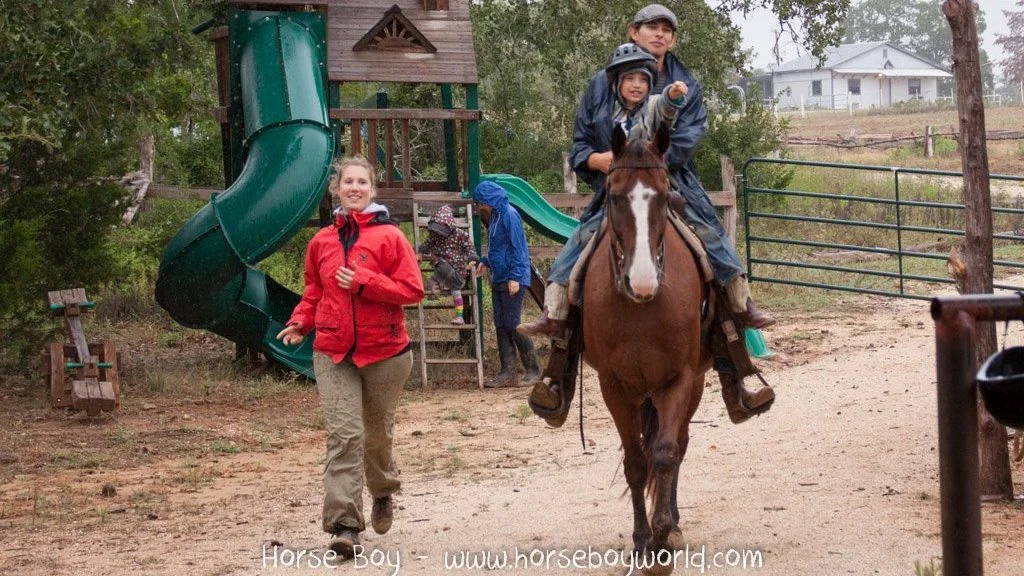
The Physical and Human Environment are the most important components. The right Physical Environment calms the nervous system and provides respite from the negative sensory triggers.
An empathetic human environment that follows intrinsic motivation creates buy-in and engagement. Without these components no approach can be effective. With these components the possibilities are limitless.
To find out all the nuts and bolts of setting up the right environment, download our e-book, check out our online courses, or our live workshops.
Guidelines for the Human Environment
Because the Human Environment is the most challenging to implement and get right, we provide the following guidelines. Check out our e-book to read up in more detail.
Setting Yourself Up For Success
- Self-Compassion: You will make mistakes and get things wrong. This guideline helps you turn mistakes into opportunities.
- Trust The Experts: By this we mean parents, trusted caregivers and siblings. You need to consult closely with these people.
- Picking Your Battles: Long-term goals are great but addressing the needs of the moment helps you get there.
- Follow The Child: If you don’t follow the child’s interests and obsessions, there is no reason for the child to follow you. The same applies to adults of course.
Setting The Child Up For Success
- Eye Contact and Attention: In short, never ask for them. And don’t assume that just because there is no obvious attention, information is not being taken in. Demanding these things is interpreted by the brain as a threat. You need to avoid threats.
- Humor: Always the most powerful tool for cognition, humor trains the brain in perspective-taking.
- Time for Innovation: The brain needs regular pauses in activity and effort in order to digest information. Make sure you build in downtime to your sessions.
- The Right Pressure: From time to time you can ask for a little effort and then back off. Less is more here and consulting the experts (see above) is your key to success most of the time.
2. Sensory Work
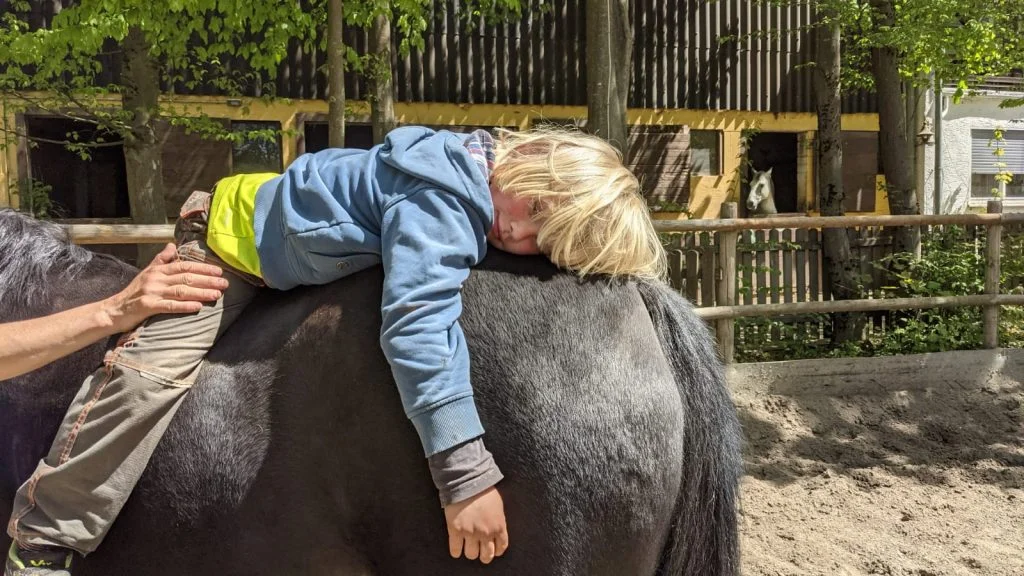
Calming an agitated nervous system is the key to accessing the brain. Sensory work makes sure you don’t skip this very important step for the client and sometimes the client’s whole family. Calm body = receptive mind.
3. Ridden Work
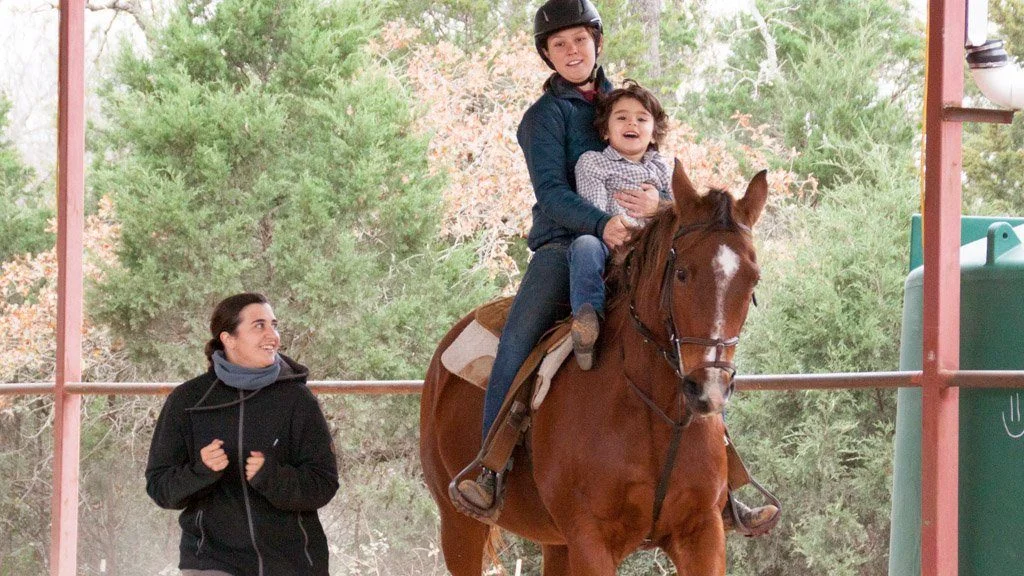
If you put somebody on a horse in a collected rhythm, the sustained hip rocking creates the feel good and communication hormone oxytocin in the body. Horses need to be specially prepared for this, largely through lunging, long-reining and in-hand work which we will go into later. This work with the client can be done eventually in three gaits with the canter often being the most effective for oxytocin production.
4. Theory of Mind and Rule Based Games
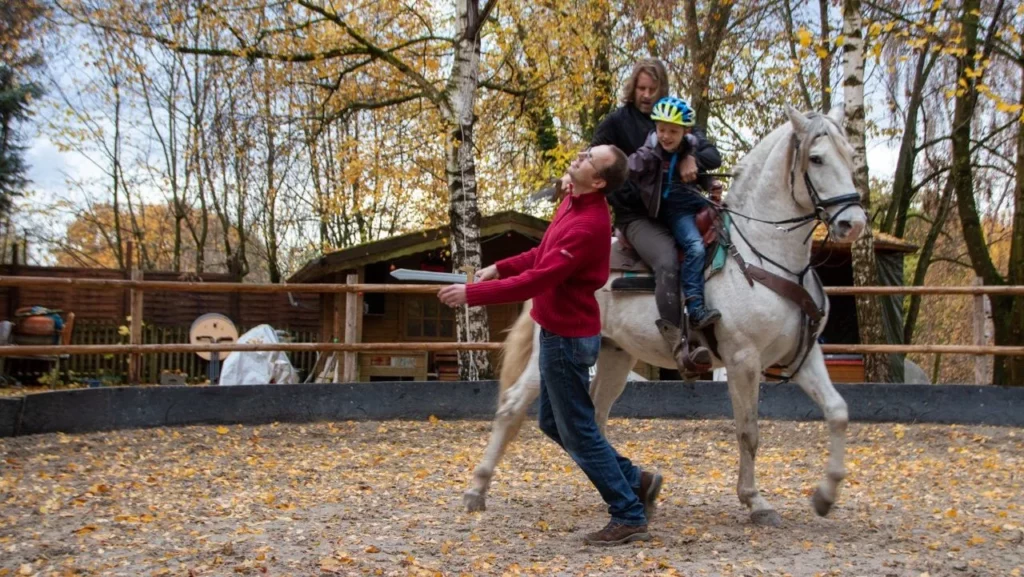
With a calm nervous system and an oxytocin filled brain, open to communication, we can now work on actual brain development. Games are essential for this. The good think about a horse is, it can carry you through a game without requiring top down instruction to understand the rules. This makes a horse the perfect partner for introducing games to the neuro-different brain.
Theory of Mind and False Belief – vital milestones in intellectual development that often come with great difficulty for many with neuro-difference – can be achieved this way.
5. Academics
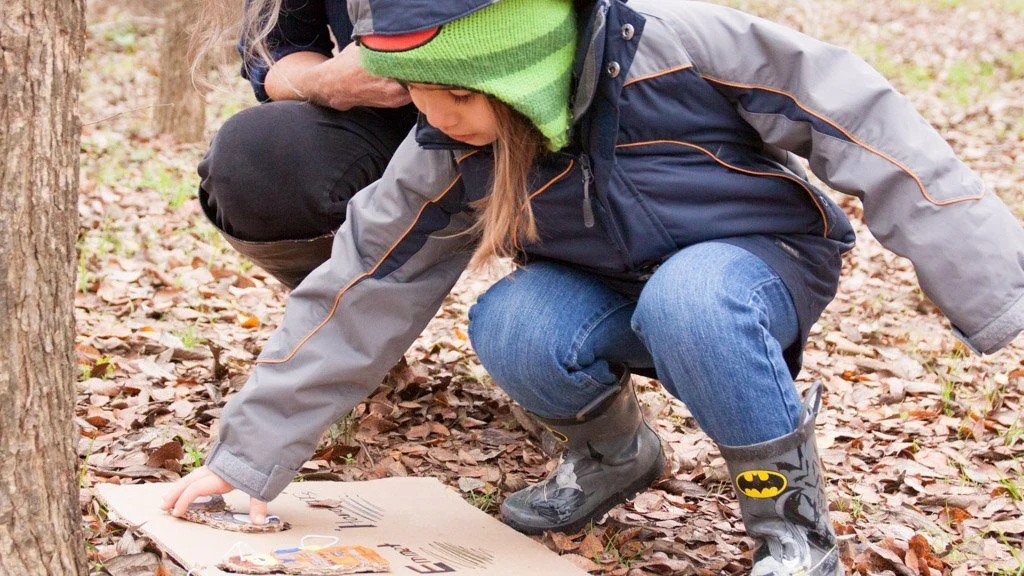
Now that we have a brain that is learning to see situations from the outside, we can introduce academic concepts. If we are careful to tailor them to the interests of the client, there is no limit to what can be taught during sessions. Horse Boy Method has designed modules to teach everything from most basic communication right up to pre college level math.
6. Self-Advocacy and Long-Lines
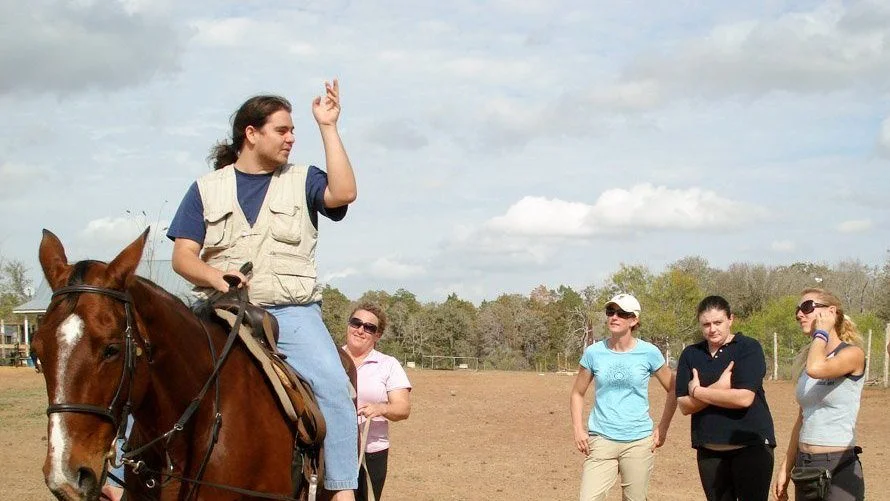
Our goal is to help somebody with neuro-difference successfully navigate the neuro-typical world. The ability to speak for and stand up for themselves – Self-Advocacy- is a vital tool. We design ways for the client to take control of sessions and teach us about what interests them. For this they need to feel empowered in the saddle and at the same time the horse needs to maintain collection for the oxytocin effect. Therefore learning how to drive horses in long reins and work a horse in hand at the shoulder are necessary because the client feels they are directing things and at the same time the practitioner ensures both safety and oxytocin. A bonus byproduct is that this work provides immense well-being for the horse.